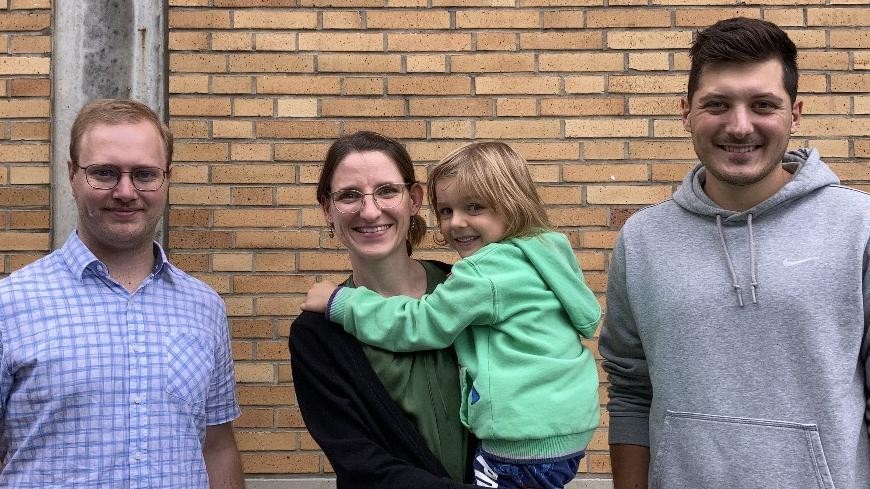Theory meets practice
etit scientist researches at the TU Munich
2021/10/25 by Yvonne Späck-Leigsnering
Underground high-voltage direct current cable systems are an important component of the green energy transition. As part of a research cooperation in this field, etit scientist Yvonne Späck-Leigsnering was a guest at the TU Munich. The stay was supported by equal opportunities funds from the department.

For the initiated green energy transition, underground high-voltage direct current (HVDC) cable systems replace conventional overhead lines as they require less space and have less impact on the landscape, thus leading to greater public acceptance. The development of HVDC technology is one of the greatest challenges of our time for the high-voltage engineering community.
Scientists from the Professorship High Voltage Engineering and Switchgear Technology (HSA) at the Technical University of Munich (TUM) and the Institute for Particle Acceleration and Electromagnetic Fields (TEMF) at the Technical University of Darmstadt (TUDa) are working on this topic in a research cooperation. At the beginning of September, Dr.-Ing. Yvonne Späck-Leigsnering (TEMF, TUDa) visited the HSA as a guest scientist.
The visit focused on measuring experiments in the high-voltage laboratory for characterizing nonlinear materials. The aim of the research project is to interweave experiment and simulation so that a deeper understanding of HVDC components is achieved. Cable joints, as a prominent examples, are the focus of the investigations.
The challenge lies in understanding and characterizing the complex interaction of materials, geometry and fields, both within the materials and at material interfaces. The project therefore combines electrothermal field simulations and high-voltage measurement methods. The research project will contribute to an improved understanding of field control and HVDC cable joints and show how simulation-based design strategies for robust HVDC components can be developed.
Dr. Späck-Leigsnering's stay is financially supported by equal opportunities funds from the etit Department The TU Munich Family Service Team and Prof. Dr.-Ing. Schrag, Equal Opportunities Officer of the Faculty of Electrical Engineering, provided support in organizing childcare.



